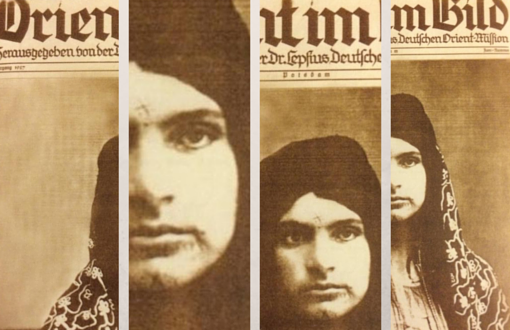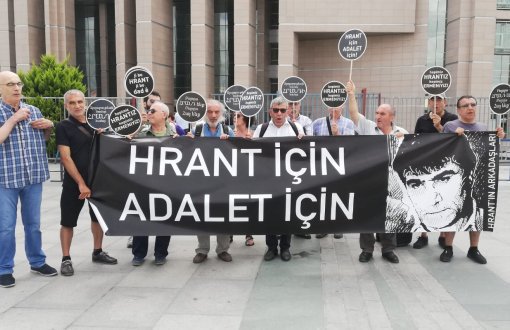Gathered by Hayk Demoyan, the director of Armenian Genocide Museum-Institute, the book “Armenian Genocide: Front Page Coverage In the World Press” reveals how the world press considered Ottoman Empire and the Ottoman Armenians within the period between: 19th century and the proclamation of Turkey Republic.
In this comprehensive anthology including British, German, French, Denmark and Norway, US and Russian press, it turns out that the pogrom and the massacres of Armenians and Turkey's Greeks in fact were committed in front of the world.
Along with the newspapers which called for help, it contains different newspapers that documented the massacres by graphs and photos, and cartoons on Ottoman’s allies, propagandas regarding the countries which helped Armenians.

The 213 pages-book has published in Armenian and English. Consisting of five chapters, the book comprises of the titles “Armenian, Ottoman wars and atrocities on the front pages of the world media, XIX century”, “The Armenian massacres during the reign of the Sultan Abdul-Hamid II, 1894-1896”, The Massacres. Rebellions, Violence”, “The Armenian Holocaust at Adana, April 1909”, “The Armenian Genocide of 1915-1923”.
In the introduction of the book, Demoyan has written down that 1894-1896 of Hamidian massacres, the Adana atrocities of 1909, and the Genocide of 1915-1923 had wide media coverage within the English, Russian, French and US newspapers.
“Published in the foreign media, these publications provides priceless information on the process and the consequences of the genocide, it serves the historical reality of Armenian Genocide.
“Thanks to the international reporters and the newspaper's editors who use the witnesses rescued from the genocide in Ottoman Empire as the major source, the reports sent by foreign diplomats, and the stories of the aid volunteers, the missionaries and the other eye-witnesses, the massacre of the Armenian people and the other Christian minorities in the Ottoman Empire at the end of 19th Century and the beginning of 20th century has came to light.
Demoyan expressed that by these publications, the international society was informed about the atrocities of Ottoman government and the aid campaigns for the rescued ones increased.
Several articles/illustrations in the book:

The iconic image of bashibuzuk widely circulated in the Western press. The word “Bashibuzuk” was a term for the gangs attacked Armenians and the other Christian people.
* Le Journal Illustré, 1864.
* Journal Des Voyages, 1877.

* The funeral of the Patriarch of Armenian Catholic Church Pierre Azarian in İstanbul, Le Journal Illustré, May 20, 1899.
* “Let’s have (a) peace (piece)”, Harper’s Weekly, June 30, 1877.

* Armenian atrocity of 1896 in Istanbul, Il Seculo Illustrato, September 13, 1896.
* The British magazine “The Graphic” dated December 28, 1895 illustrated the Armenian craftsman closed their shop in panic.

* In Gerardstown Times, the article titled “Kill the Armenians” criticized the anti-Armenian politics of Ottoman Empire, December 7 1894.
* Photographed the Erzurum massacre and afterwards, The Graphic, December 7, 1895.

* Erzurum massacre, Czech newspaper “Nove Jllustrovane Listy”, January 1896.
* Throwing herself from the cliffs for escaping sexual violence, an Armenian woman from Saoun was depicted, Black and White magazine, December 22, 1895.

The 31 March Incident on Weiner Bilder’s coverage.

* Italian Domenica del Corriere’s front page is dedicated to the Adana massacre and entitled “The Massacres in Eastern Turkey: thousands of Armenians were burnt alive in the Catholic church of Adana”, 1909
* Enver pahsa – the war minister of the Otoman Empire, L’IIIustration , January 17, 1914.

*The front page of French Excelsior depicts a Russian cavalryman holding an Armenian orphan. This photo is then presented as a symbol of the protection of the Armenians by the Russians, June 30, 1916.
*In British press, Armenian and Syrian refuges are under the protection of Britain.

* The newspaper “Slave Market News” headlines the Armenian women rescued from genocide. The title “How Turks mark their ownership of Christian girls” is given, 1925.
* A portrait of an Armenian woman, Orient im Bild, June 1927. (EA)









.jpg)
.jpg)